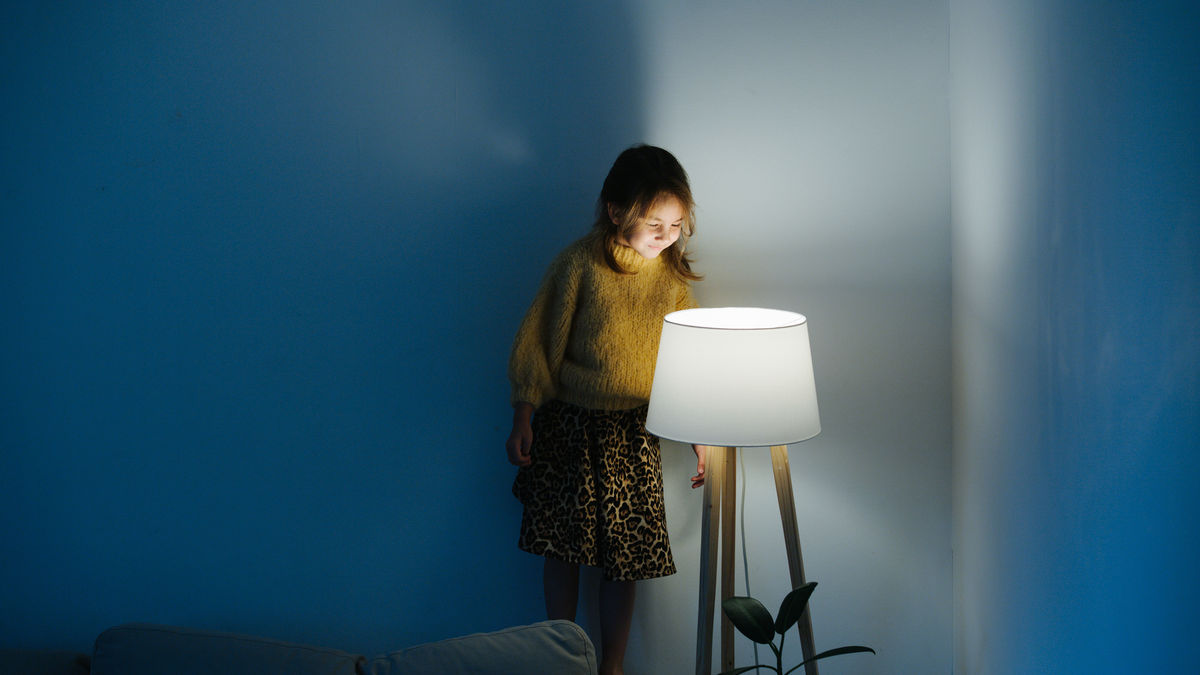Science
Predicting myopia control efficacy in the LAMP study

In this article:
An analysis of the LAMP study data provided data-based projections for 0.05% atropine myopia control efficacy over a 3yrs and showed the benefit may be retained beyond the first year of treatment.
Paper title: Efficacy in Myopia Control: The Low-Concentration Atropine for Myopia Progression (LAMP) Study
Authors: Bullimore, Mark A (1); Brennan, Noel A (2)
- University of Houston, College of Optometry, Houston, Texas
- Johnson & Jonhson Vision, Jacksonville, Florida
Date: July 2023
Reference: Bullimore MA, Brennan NA. Efficacy in Myopia Control: The Low-Concentration Atropine for Myopia Progression (LAMP) Study. Ophthalmology. 2023 Jul;130(7):771-772
Summary
The Low-Concentration Atropine for Myopia Progression (LAMP) clinical study compared the efficacy and safety of varying concentrations of atropine eye drops for myopia control in children. It comprised 4 distinct phases, with Phase 3 results published late 2021. You can read our science summary of it here. In this paper, Bullimore and Brennan analyzed untreated myopia progression rates in the LAMP study, noting that the placebo group in Phase 1 showed an untreated AL progression of 0.41mm in one year. Using a predictive model of a 15% reduction in AL elongation per year, the suggested AL growth for years 2 and 3 would be 0.35mm and 0.30mm, respectively. The LAMP study's third-year washout groups demonstrated mean AL progression rates of 0.30mm.
Previous studies have shown axial length growth is correlated with refractive error changes in myopes. Bullimore and Brennan suggest that annual predictions of SER reduction in untreated children could also use the same 15% reduction per annum value. The LAMP study data showed year 1 untreated progression of -0.81D. Predictive values for years 2 and 3 would be -0.69D and -0.59D, respectively and a cumulative 3-yr progression prediction of -2.08D. An alternative method which used the ratio of progression to AL growth gave a value of -1.98D per mm based on -0.81D SER to 0.41mm AL progression for untreated children in year 1. A predicted cumulative 3-yr value was -2.09D. When the same method was applied to untreated eyes in Phase 3, they had progressed by -0.61D and experienced AL growth of 0.30mm, which gave the same of -1.99D/mm
What does this mean for my practice?
Being able to predict AL and SER reductions with age in untreated eyes helps form the basis for predicting myopia management performance. Within the context of this study, Bullimore and Brennan used their AL/SER ratio to predict 3-yr efficacy of 0.05% atropine to provide 0.5mm (or 1.35D) saving.
The implications of these calculations suggest low concentration atropine can retain its efficacy longer than a year. The predictive ratios could be applied in practice alongside AL data to help eyecare practitioners assess an individual’s likely progression pattern, treated or untreated.
What do we still need to learn?
The predictive values were based on data from the 1st and 3rd years of the LAMP study. Due to the crossover of the placebo group to treatment groups in the 2nd and 3rd years, long-term efficacy could not be calculated. However, the cohort reduced in size over the 3-yr period, meaning some mean values were slightly different and as a result, only the Phase 1 data was used.
- In Phase 1, the placebo group (n = 93) experienced 0.41mm elongation and mean progression of -0.81D.
- In Phase 3, 73 of those children completed the study, giving changed mean progression values of 0.43mm and -0.90D
The authors accept there may be alternative methods to predict progression and that the methodology of the study does not allow for confidence intervals to be calculated.
Abstract
Title: Efficacy in Myopia Control: The Low-Concentration Atropine for Myopia Progression (LAMP) Study
Authors: Mark A Bullimore, Noel A Brennan
The 3-year Low-Concentration Atropine for Myopia Progression (LAMP) study has greatly enhanced knowledge of the use of low-concentration atropine for myopia control.
In year 1, children were randomized to receive 0.05%, 0.025%, or 0.01% atropine, or placebo. Compared with the placebo, axial elongation was slowed 0.21, 0.12, and 0.05 mm by 0.05%, 0.025%, and 0.01% atropine, respectively. Myopia progression showed a corresponding slowing of 0.54, 0.35, and 0.22 diopters (D).
Meet the Authors:
About Ailsa Lane
Ailsa Lane is a contact lens optician based in Kent, England. She is currently completing her Advanced Diploma In Contact Lens Practice with Honours, which has ignited her interest and skills in understanding scientific research and finding its translations to clinical practice.
Read Ailsa's work in the SCIENCE domain of MyopiaProfile.com.
References
- Yam JC, Jiang Y, Tang SM, Law AKP, Chan JJ, Wong E, Ko ST, Young AL, Tham CC, Chen LJ, Pang CP. Low-Concentration Atropine for Myopia Progression (LAMP) Study: A Randomized, Double-Blinded, Placebo-Controlled Trial of 0.05%, 0.025%, and 0.01% Atropine Eye Drops in Myopia Control. Ophthalmology. 2019 Jan;126(1):113-124 [Link to abstract] [Link to Myopia Profile review]
- Yam JC, Zhang XJ, Zhang Y, Wang YM, Tang SM, Li FF, Kam KW, Ko ST, Yip BHK, Young AL, Tham CC, Chen LJ, Pang CP. Three-Year Clinical Trial of Low-Concentration Atropine for Myopia Progression (LAMP) Study: Continued Versus Washout: Phase 3 Report. Ophthalmology. 2022 Mar;129(3):308-321 [Link to open access paper] [Link to Myopia Profile review]
- Shamp W, Brennan NA, Bullimore MA, Cheng X, Maynes E. Influence of Age and Race on Axial Elongation in Myopic Children. Invest. Ophthalmol. Vis. Sci. 2022;63(7):257 – A0111 [Link to abstract] [Link to Myopia Profile review]
Enormous thanks to our visionary sponsors
Myopia Profile’s growth into a world leading platform has been made possible through the support of our visionary sponsors, who share our mission to improve children’s vision care worldwide. Click on their logos to learn about how these companies are innovating and developing resources with us to support you in managing your patients with myopia.












